Raro welcomes the troops, 1919
Saturday 6 May 2023 | Written by Rod Dixon | Published in Features, Memory Lane, Weekend
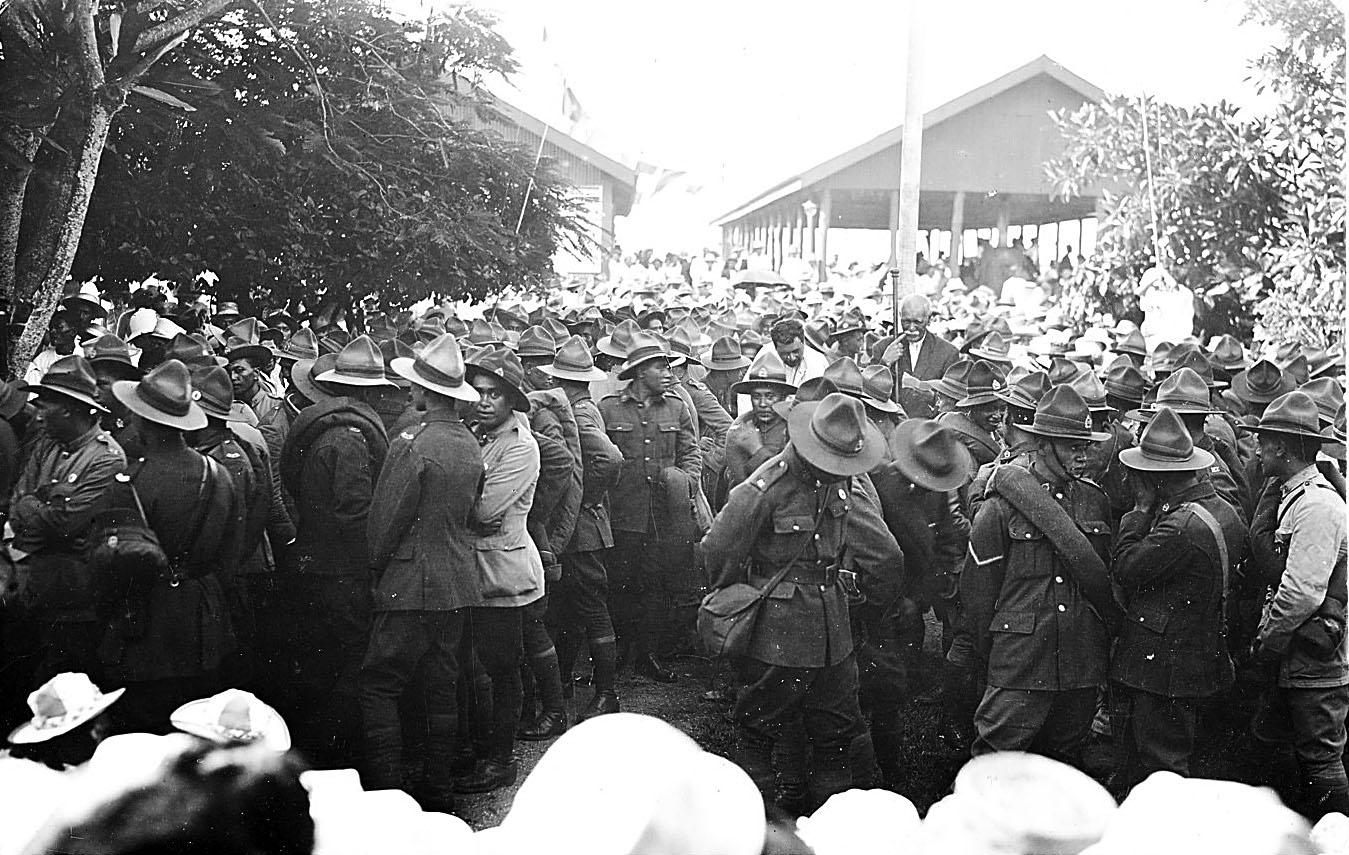
Picture 1: Cook Islands soldiers at Avarua wharf (Photo - Te Papa Tongarewa)/ 230505121
Cook Islanders returned from the first world war as changed men, but they still knew how to party, as these century old photos show, writes Rod Dixon.
On 3 March 1919 the ship Paloona brought the first three hundred returning Cook Islands soldiers back to Rarotonga, following the end of World War 1.
At the time, the Reverend Bond James at Takamoa reported – “Great preparations were made to give a welcome worthy of great warriors and conquerors” and “On Sunday, March 9th, we had a very impressive service in the open air. The colours were handed over (consecrated), to be kept in the church.” (Pahiatua Herald, 27 March 1919).
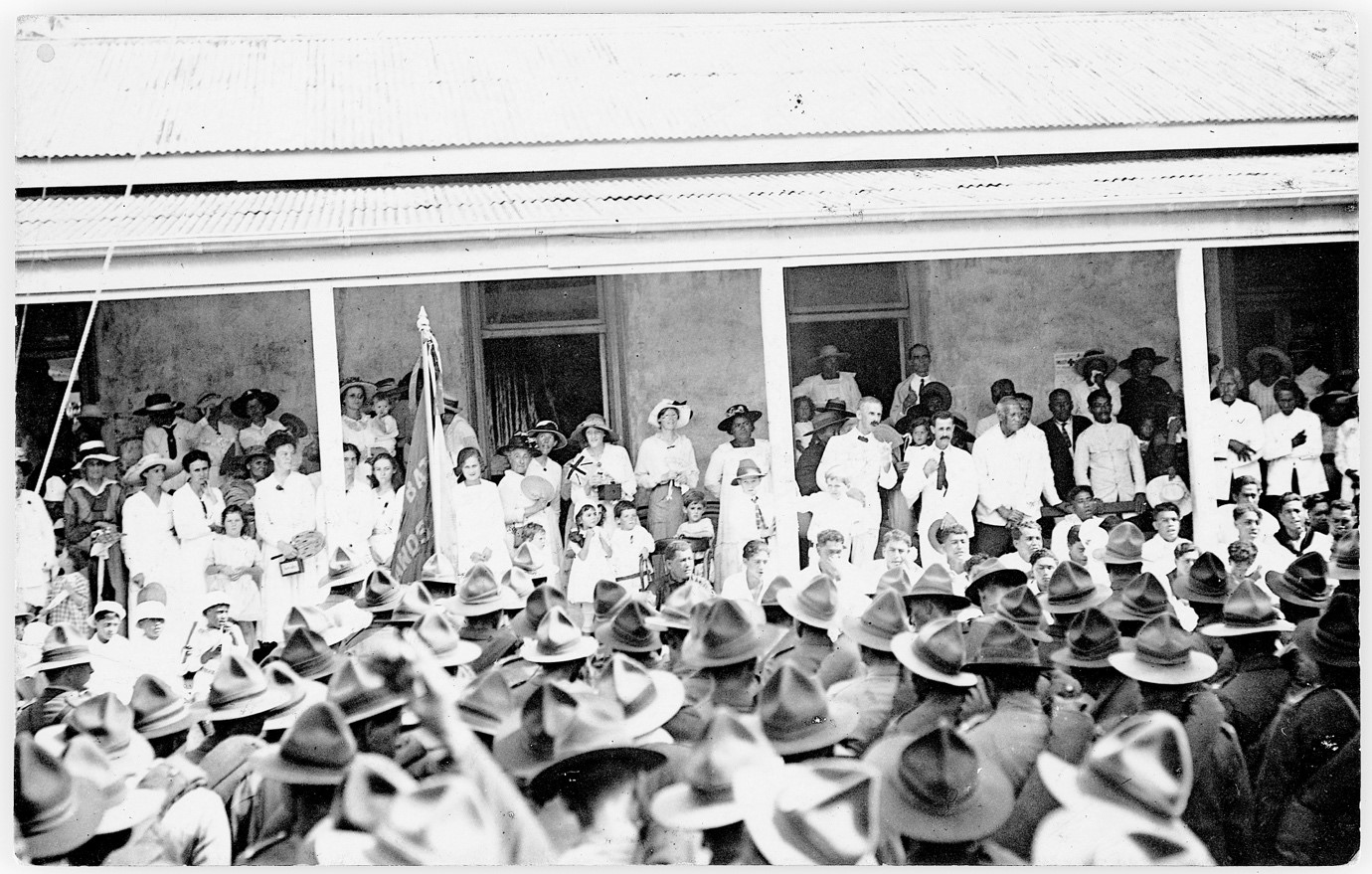
Picture 2: The official welcome for Cook Islands returned soldiers outside the Administration building, with their company flag, On the verandah, among others, are Frederick William Platts (Administrator 1916-21) Makea Nui Tinirau and interpreter Stephen Savage (Photo - Te Papa Tongarewa)/ 230505122
“Unfortunately, a great deal of ‘bush beer’ was consumed after the morning service, and by Sunday evening a large number of the soldiers were beyond control.”
Angered by the cancellation of their leave in New Zealand, by stories of the overcharging of their families by local traders taking advantage of the war, plus the lowest ever fruit prices offered by the same traders, 70 of the returned troops rioted and looted some of the major trading stores.
In response, “A number of sober, faithful soldiers got together to guard the town, and by about 10pm all was quiet.”
Despite this a large celebration for the returned servicemen was held at Taputapuatea, as recorded in the following photographs.
In photograph (No 3), Cook Islands soldiers are seen at Taputapuatea dressed in what appear to be uniforms of one of the Royal Scots regiments. The soldier (centre left, facing the camera) is performing a highland dance or “fling” while, on the right, a tartan frocked woman joins in the dance with her partner. Between them, stands a soldier in a pleated tartan kilt with a forage cap, tunic and baldric and to his right (facing the camera) stands another soldier in full ceremonial uniform including a Scottish busby (‘feather bonnet’) with plume.
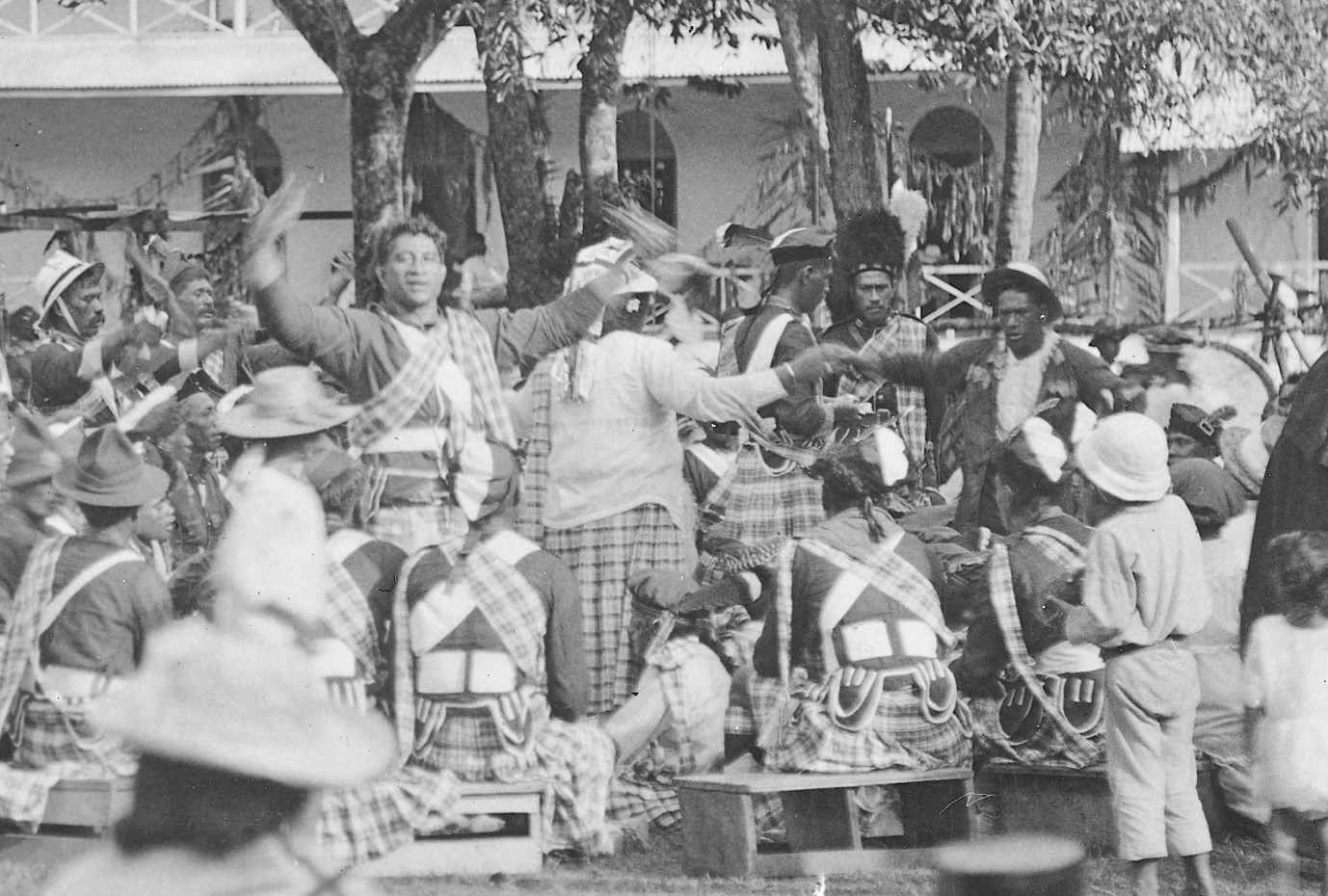
Picture 3: ‘So much tartan’ – Cook Islands soldiers celebrate with a highland fling. (Photo - Te Papa Tongarewa)/ 230505123
Seated around them are soldiers in kilts, doublets with baldrics or bandoliers crossed with a tartan sash, buff white belts, Inverness flaps and a mix of Glengarry or Tam o’ Shanter caps with feathers, plumes and braids. It’s possible that this group of Cook Islands soldiers undertook labour and logistics work for a Scottish regiment on the western front and were celebrating this link with a mix of gifted original and homemade Scottish military wear.
In photo 4, a soldier (bottom right) performs a solo dance to a small audience while far left a drum band, dressed in white, beats out a rhythm to accompany the singers. Two other solo dancers perform close to the band. In the middle ground two soldiers help a third towards a gate on to the Ara Tapu.
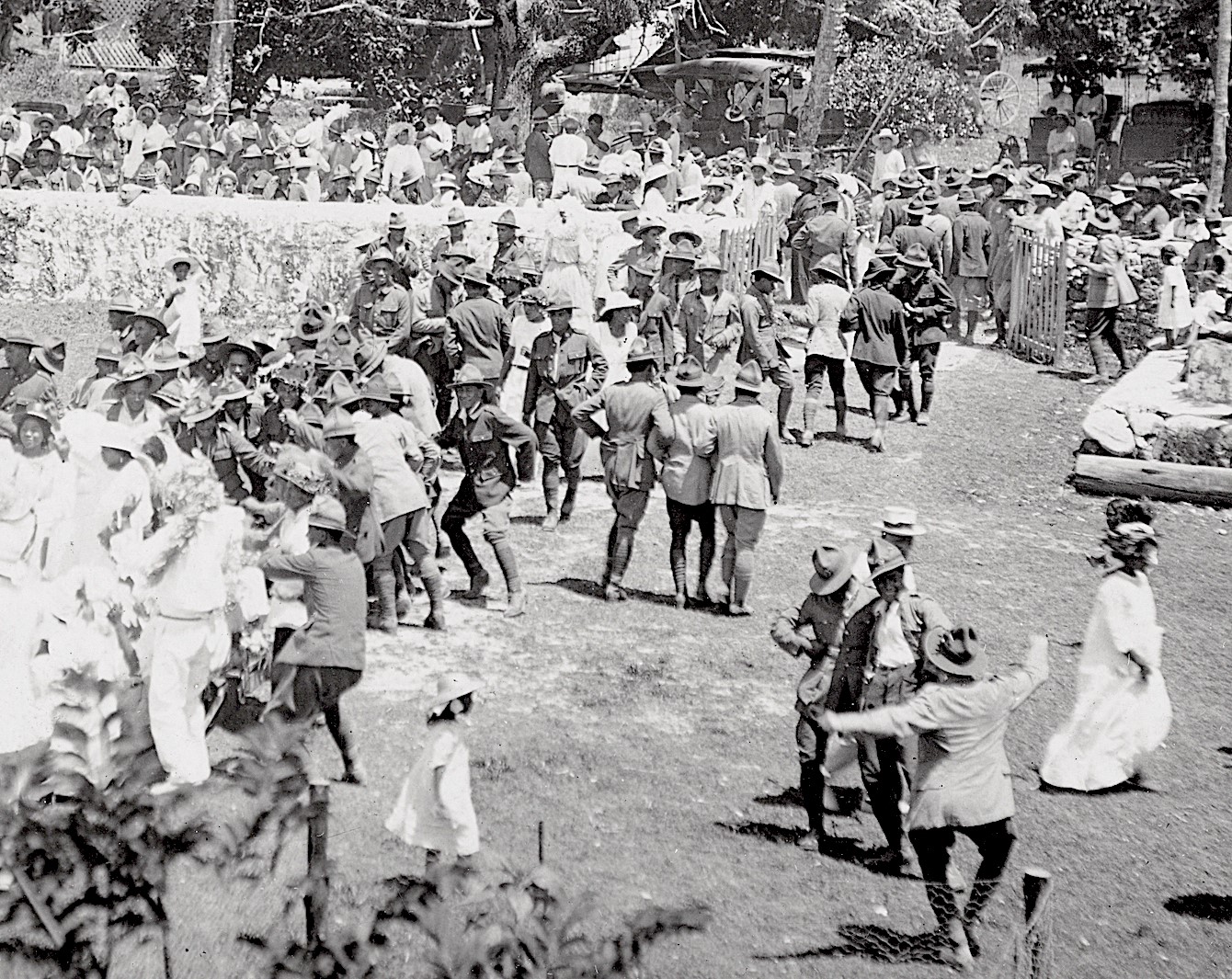
Picture 4: Celebrations at the Palace grounds, Taputapuatea. 230505124
Despite the obvious gaiety shown in the photos, these soldiers came back from the first world war changed men, unwilling to accept European authority. It was said that on their voyage up from Wellington on the Paloona, they threatened to throw their commanding officer overboard, and were openly determined to “deal it out to the white residents (of Rarotonga) and to haul down the (New Zealand) flag” on their arrival (Wairarapa Daily Times, 25 October 1919).
But in the longer term, the soldiers took a more strategic approach, forming associations and unions to fight for better prices for their exports and better wages for their members. A Cook Islands Native Association, comprising ex-servicemen led by Captain J.D. Campbell, lobbied for better prices for growers and established co-operative trading stores across the islands to rival those of the main island trading companies.
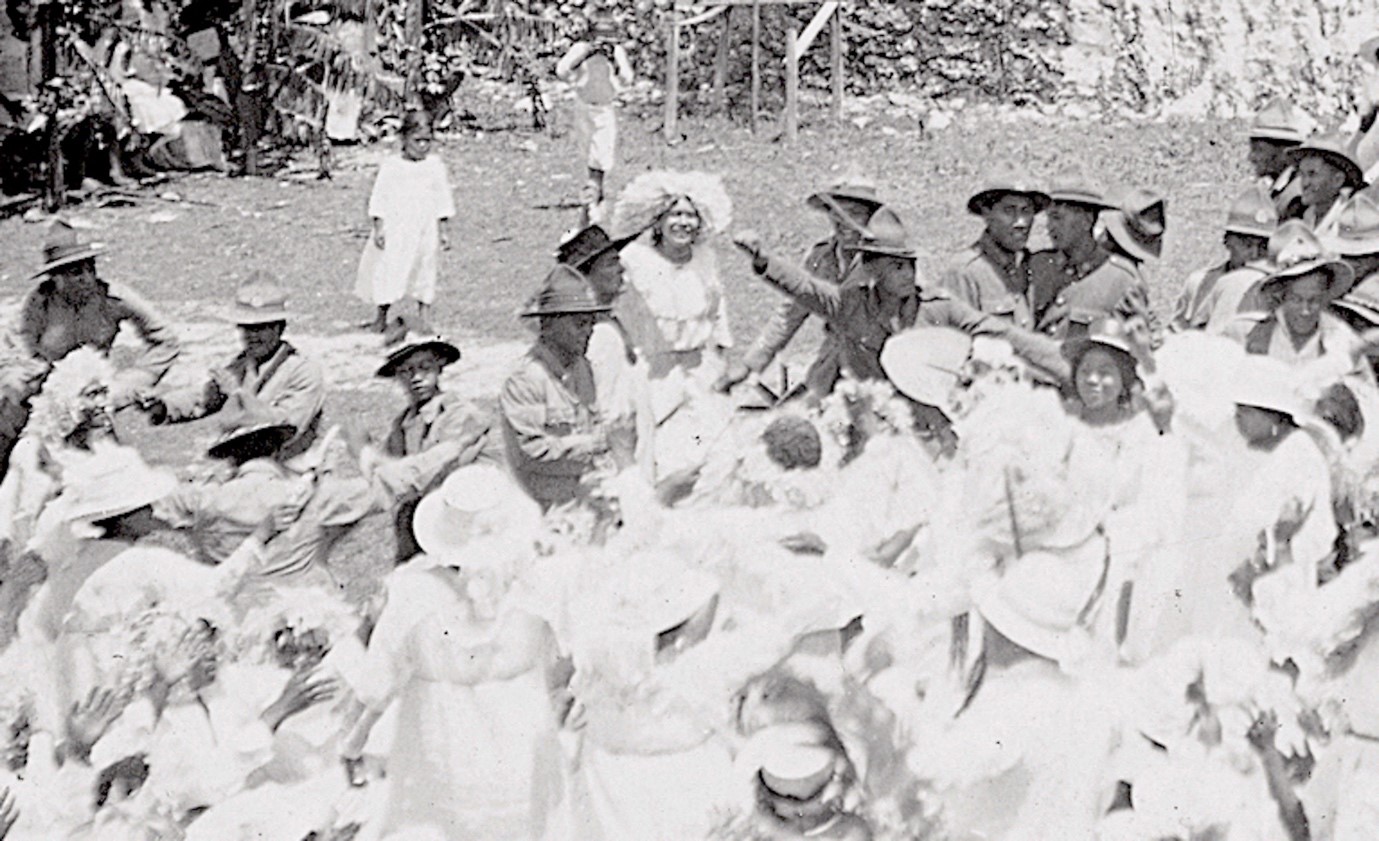
Picture 5: Another group of soldiers dance to the music. 230505125
A canoe union on Mangaia, led by ex-servicemen, increased charges to European traders for lighterage on their canoes by almost 100 per cent and increased these charges further as store prices increased. On Mauke, returned soldiers refused to pay debts incurred by them and their families before and during the war in consideration of their military service overseas.
Many of these same veterans became early proponents of an increased role for Cook Islanders in government and business. Participation in the war, as one writer observed, also provided “proof that Cook Islanders could forge an independent identity abroad”. This ultimately, if circuitously, paved the way to self-government – another unintended consequence of Cook Islands participation in a faraway war.
Lest we forget.




































